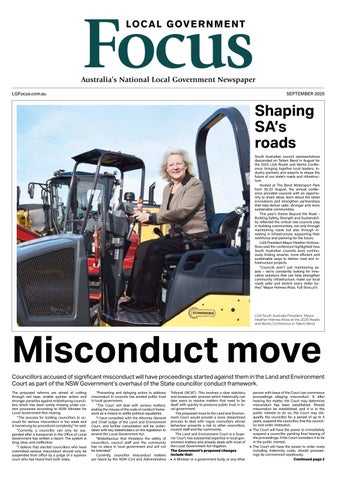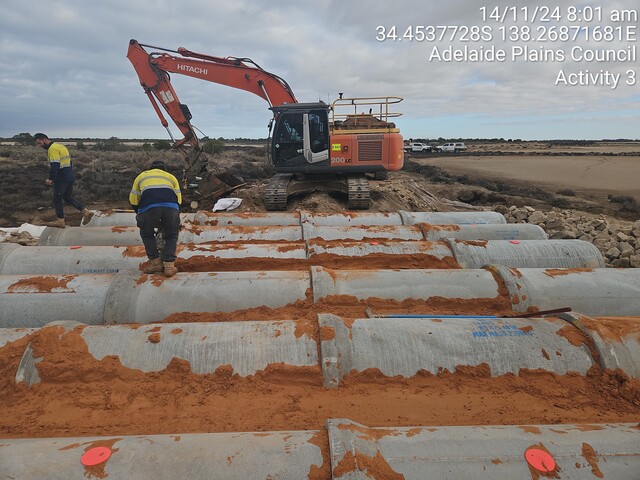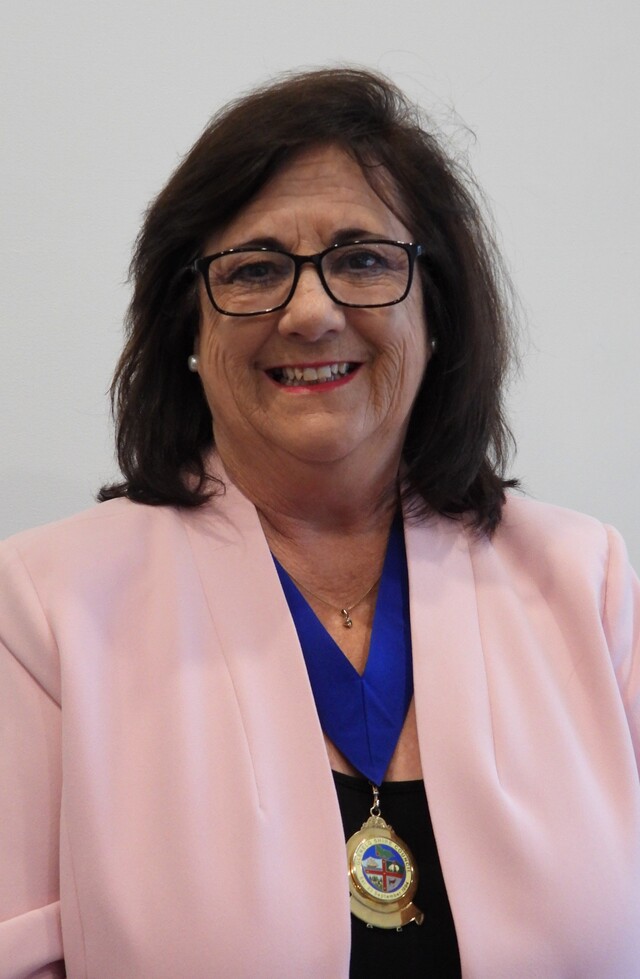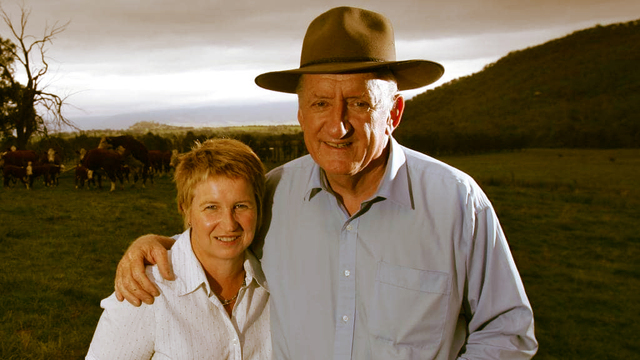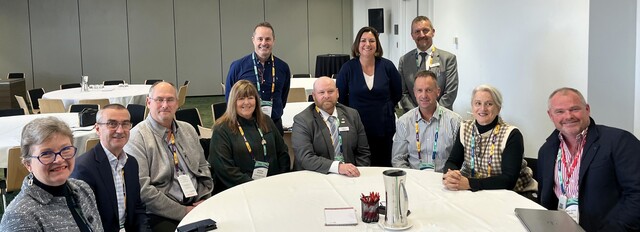Council’s Integrated Water Management Project is a positive step in improving the sustainability of water and sewerage provision in Brisbane, focusing on the whole urban water cycle. The project focuses on the interruption to the water cycle through catchment and supply, storm water management, and finally outfall into the ocean.
Brisbane’s commitment to storm water management is highlighted through its Urban Stormwater Management Strategy (USMS).
Development of Natural Channel Design Guidelines (NCD) and implementation of Water Sensitive Urban Design principles are among the key strategies outlined in USMS. NCD Guidelines are currently being used by Council and developers for rehabilitation of degraded waterways.
Barry Ball, Manager of Council’s Waterways program, highlighted an example of the Natural Channel Design Guideline put into action.
“The Bowman Park, Bandon Creek Rehabilitation Project is an excellent example of Council applying the Natural Channel Design Guideline,” he said. “The project aimed to transform a low flow concrete channel into a functioning frog habitat, which previously existed before the construction of the channel 12 years ago.”
With the support of the Queensland Frog Society and the local community, Council removed the Bowman Park concrete drain and replaced it with a series of pools, rifles and other semi permanent water features. The venture resulted in a significant improvement in the natural beauty of the area and the ecological characteristics of the channel, while maintaining the efficiency of the local stormwater system.
In an attempt to improve water quality in Brisbane’s bays, Council makes use of over 70 regional Stormwater Quality Improvement Devices (SQIDs). These devices include gross pollutant traps, oil/sediment traps, grass swales and natural filtration systems such as ponds and wetlands.
One of the SQIDs planned for this year is the Bridgewater Creek Water Quality Improvement Project – a constructed wetland system that will filter the stormwater runoff that enters Bridgewater Creek from local neighbourhoods. The wetland is designed to collect large items of rubbish, coarse particles of sand and soil, very fine particles of soil and silt and other harmful pollutants.
“In addition to improving water quality, the wetlands will enhance the visual appearance of the area, reduce flooding, provide opportunities for recreation and education and demonstrate how residents can help improve our wetlands,” Barry Ball said.
For further information on these projects contact Barry Ball on (07) 3403 4870.

